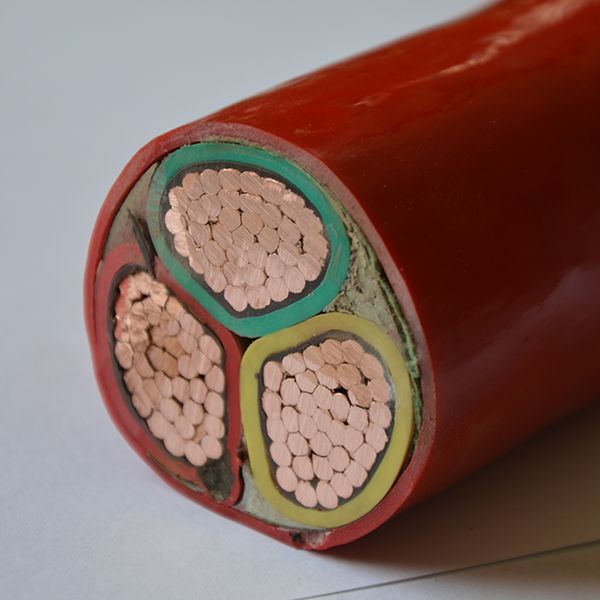
Golden Sun Cable to popularize the classification and disadvantages of fire-resistant cables!
Release time:2025-10-10
Currently, fire-resistant cables on the market can be primarily divided into two main categories based on their insulation materials: magnesium oxide insulated fire-resistant cables and mica mineral composite insulated fire-resistant cables. These are commonly referred to as rigid fire-resistant cables and flexible fire-resistant cables, respectively. Due to differences in structural design, materials, and manufacturing processes, each type of cable has its own distinctive features while meeting fire performance requirements, but they also each have aspects that need improvement.

Rigid fire-resistant cables have impeccable advantages such as fire resistance, high temperature tolerance, radiation resistance, long lifespan, and good grounding. However, during actual installation, they can also present challenges like the relative stiffness of the solid conductor structure and longer installation times.
Flexible fire-resistant cables use a stranded conductor + mineral composite insulation + metal sheath or fire-resistant composite bedding. Theoretically speaking, cables with a tubular metal sheath or a metal sheath that has undergone corrugation mechanical deformation are called flexible mainly in comparison to solid conductors. For cables using a fire-resistant putty isolation structure, their flexibility is also limited by the hardness of the cured fire-resistant putty.
Disadvantages of Fire-Resistant Cables:
Compared to conventional cables, these fire-resistant cables require specialized accessories and techniques for jointing, and achieving pre-branching is even more difficult. Their branch connections often use junction boxes, which, besides being complex, difficult to install, and labor-intensive, can also have inconsistent fire performance, joint performance, and sealing/moisture-proof performance.
Here, we have conducted further research into fire-resistant cables from both structural and material perspectives. Focusing on cable flexibility, fire safety, and construction convenience as research directions, we have developed a type of flexible fire-resistant cable that has fully passed GB, IEC, BS, and AS tests, making it a truly flexible fire-resistant cable. Building on this, we have also initiated the R&D project for a pre-branched, environmentally friendly fire-resistant cable. This pre-branched fire-resistant cable has lower manufacturing costs, not only retaining the advantages of traditional fire-resistant cables but also overcoming issues common in general fire-resistant cables, such as moisture absorption in the fire-resistant layer and poor flexibility. It is convenient and quick to install and lay, can be delivered in full reels or lengths according to user requirements without intermediate joints, and holds promising market prospects.
Previous : 没有了

